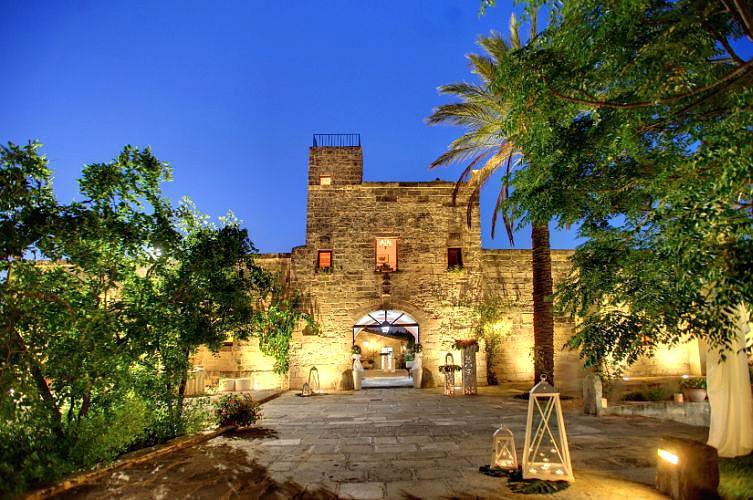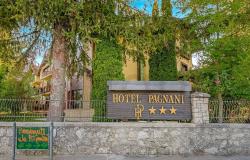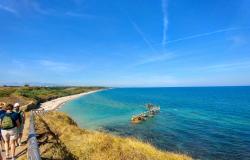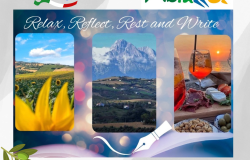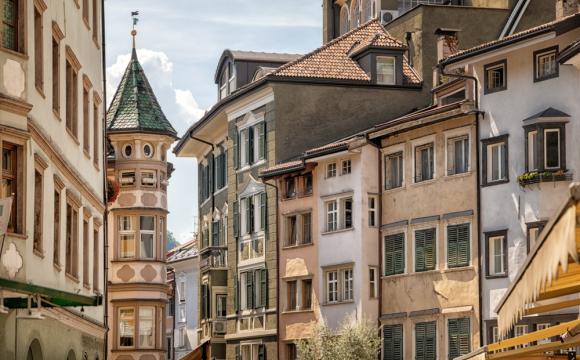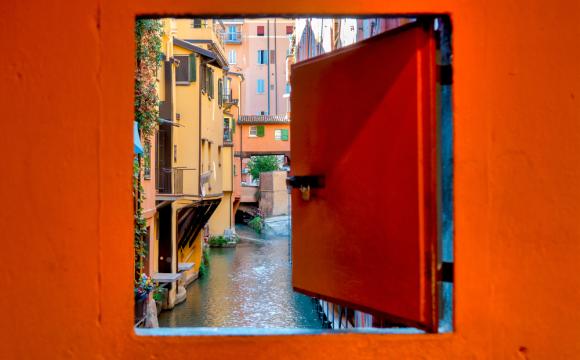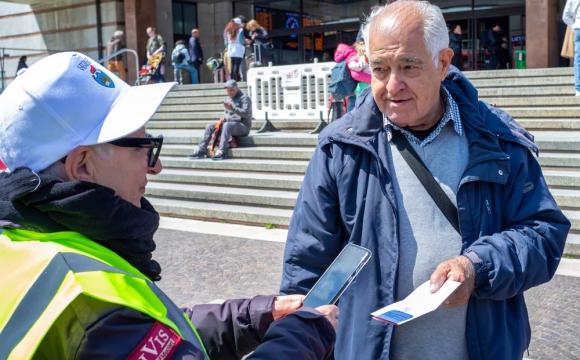Ever heard of the masseria? Take note because staying at one of these former fortified farms typical of Southern Italy is shaping up to become the latest trend in terms of holiday accommodation.
Masserie were built between the 16th and 18th centuries, when Spain, which at the time ruled over Southern Italy, granted the local nobility license to repopulate vast inland areas that had often been abandoned. A masseria was basically a large farm inhabited by the landowners, and included lodgings for the peasants working the land, stables, and warehouses for forage and crops. Around the original building, a tiny village would slowly develop.
The masseria shares the same outline of the farmyard of Mediterranean tradition: protected and surrounded by a high fortified wall, it featured a large central space (the courtyard) around which were the several residence and work buildings.
The largest number of masserie is found in Puglia, in eastern Campania, especially Irpinia and Sannio, in eastern-central Basilicata, chiefly in the plateau of the Murgia, in southern Calabria, and in the central inland areas of Sicily, Abruzzo and Molise. They were salvaged and renovated starting from the 1990s and are now in greater demand thanks to the increasing popularity of Puglia’s Salento as a tourist destination.
A masseria vacation combines the simple pleasures of being close to nature and experiencing the local culture and cuisine with the comforts of a modern stay; a clever mix of rustic charm and high end touches, with some masserie even offering spas and golf courses among their facilities.
The average price for a masseria stay in mid-season is €90 per person including breakfast, but it can go up to €150 per person in the high season.
